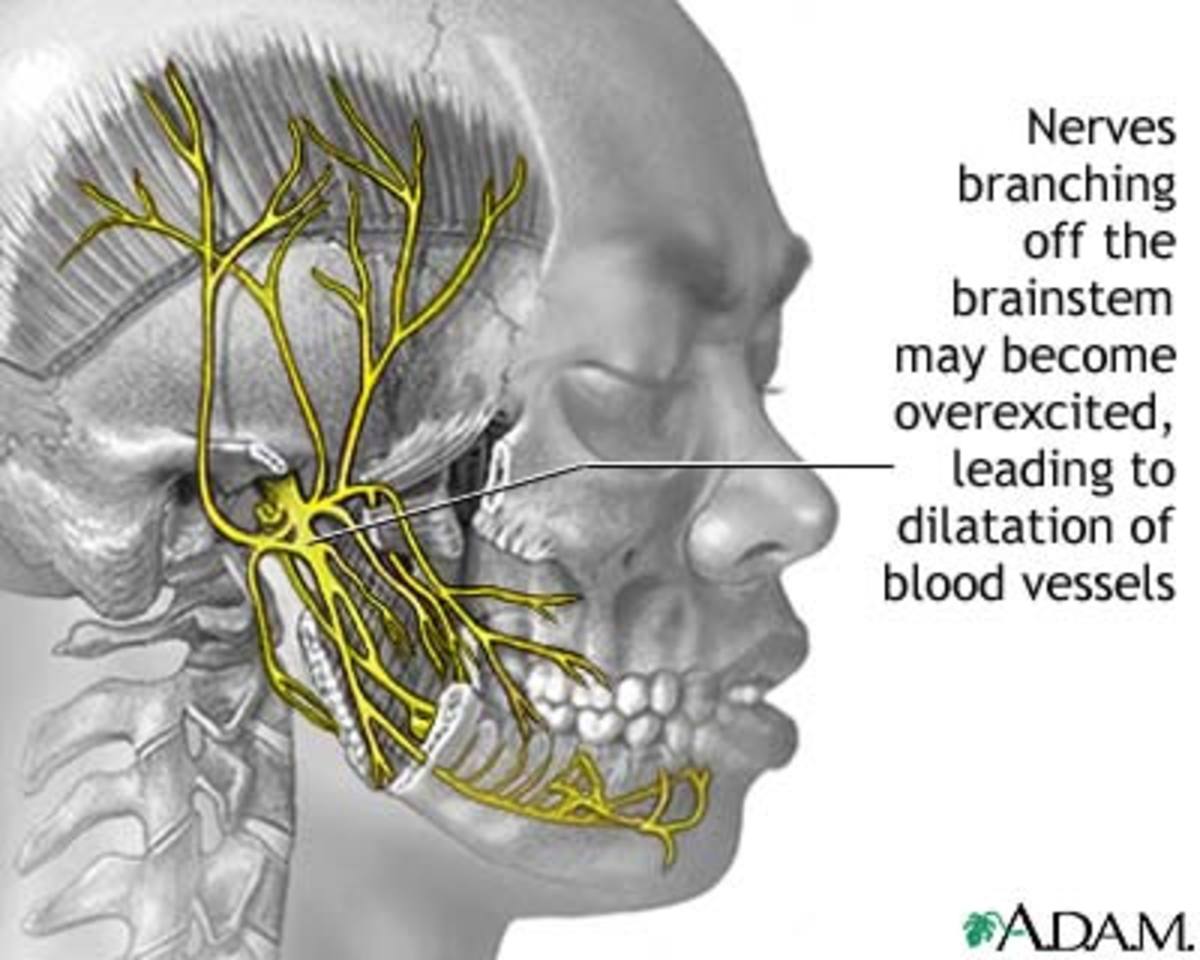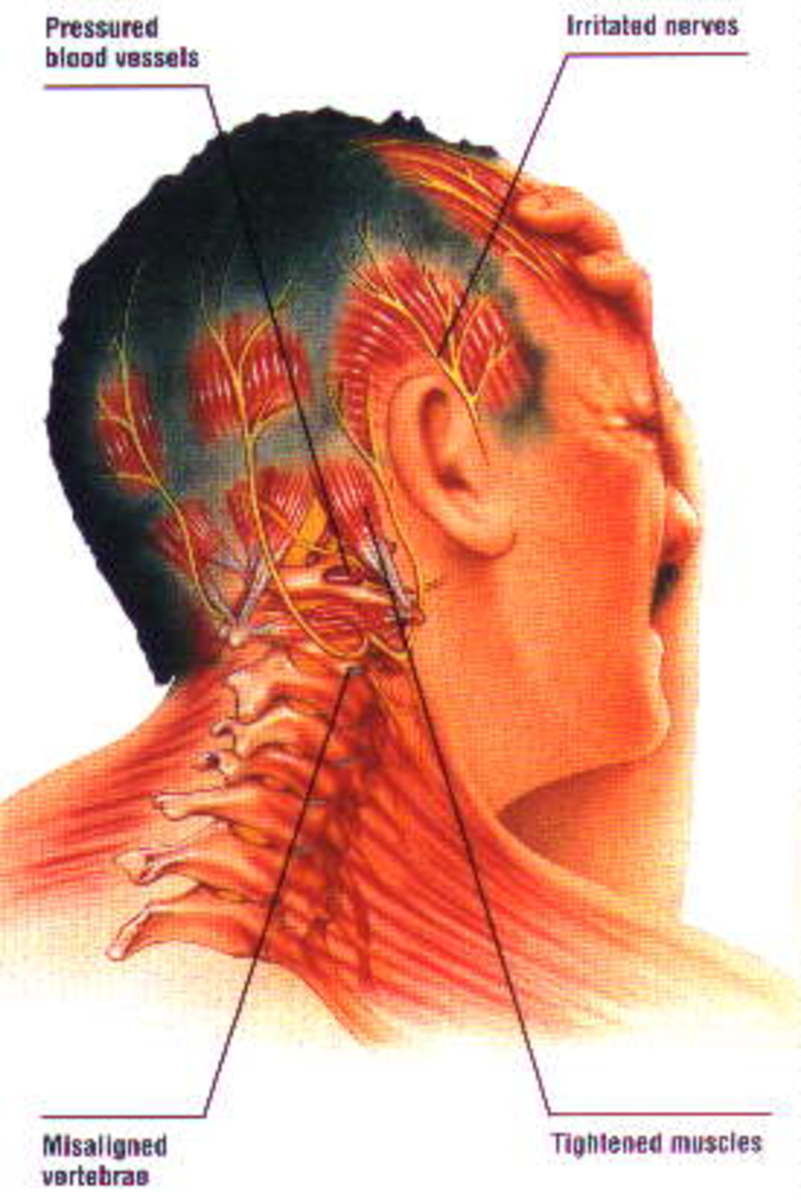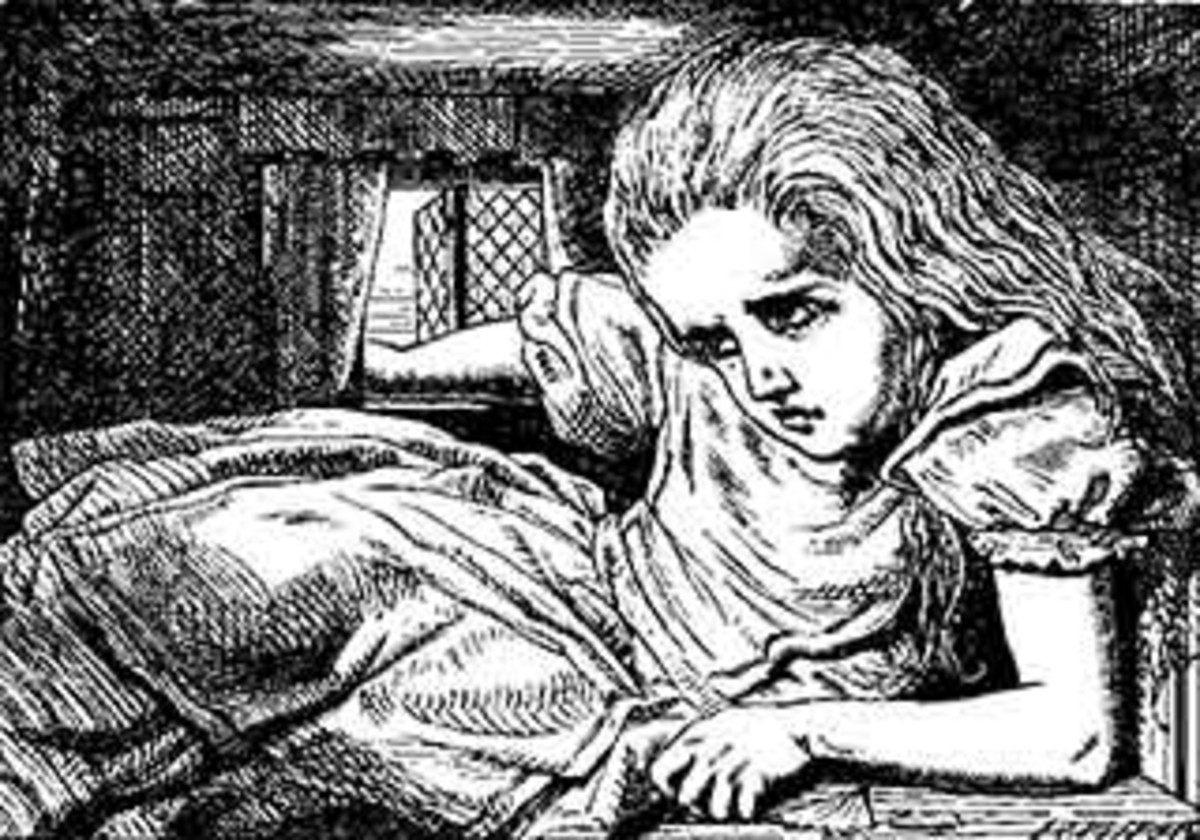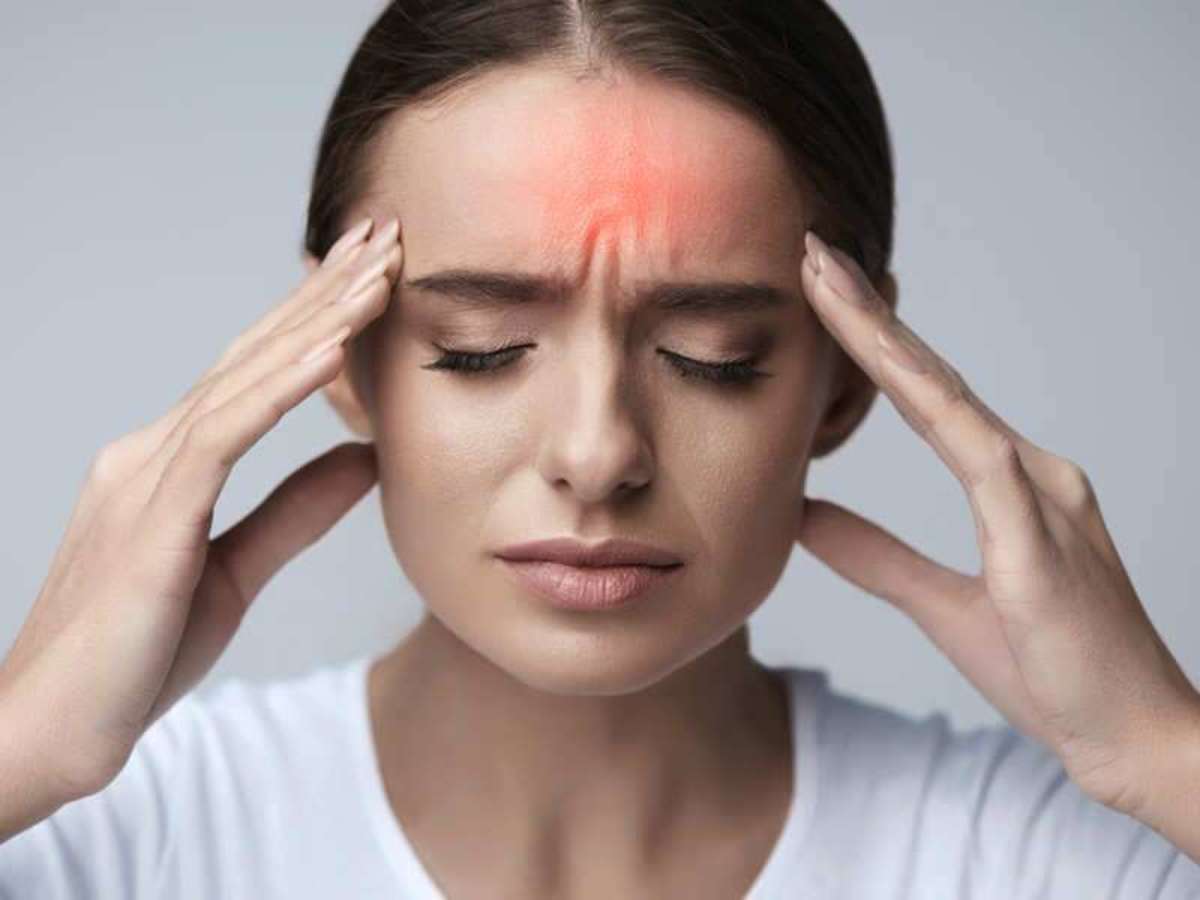Migraines, Their Causes and Their Effects.
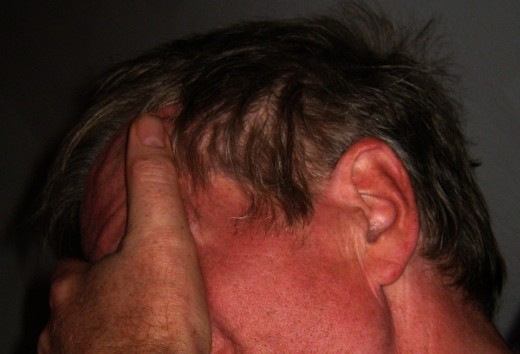
A Typical Migraine:
You rise from bed with a headache pounding and throbbing. You can’t stand the light or any sound. You feel like you might vomit. Moving makes it worse. And the pain crawls up the back of your head reaching the top where a creature of some sort seems to be pounding with a sledgehammer. It spreads to your forehead which feels like it is expanding like a balloon filled with helium and your eyes feel like they may pop out of your head at any moment (are those hat pins you feel sticking in them). Then the pain centers for a moment in your temples (did someone shove an ice pick in there) and crawls back to the neck area to begin its travel once more.
What I have just described is a typical migraine. Are they real? Definitely! Migraine sufferers lose their ability to function during a migraine. They can’t think, they can’t read, they can’t drive, they can’t eat, and they can’t even carry on a conversation. Migraines are so debilitating to a migraine sufferer that they are unable to move or even open their eyes without severe pain. Migraines were once considered to be an excuse or a result of stress or excess worry. Although migraines are still vastly misunderstood, many researches and physicians are beginning to recognize that migraines do exist and that they can be debilitating.
Wikipedia Defines Migraines:
A chronic neurological disorder characterized by moderate to severe headaches and nausea. The word derives from the Greek word hemikrania meaning pain in the side of the head.
Facts About Migraines
Researchers are still unsure of the exact cause of migraines; however, they do agree on some things:
- Migraines are a chronic neurological disorder characterized by moderate to severe headaches, nausea, and sensitivity to light and sound.
- Migraines affect women more than men.
- Migraines are now recognized by many as a debilitating condition that can be disabling for the sufferer during an acute attack.
- Migraines can be caused by foods such as cheese, nuts, fish, chocolate or items with MSG.
- Migraines can be caused by stress.
- Migraines can be caused by rapid changes in barometric pressure.
- Migraines are caused when a trigger causes vasodilatation (widening of the vessels) in the cranial blood vessels which triggers nerve endings to release neurotransmitters containing 5-HTT which is an important factor in the development of migraines.
- Migraines are genetic, being passed on from parent to child.
- Migraines can be caused by the onset of a female’s menstrual cycle.
- Migraines can be caused by bright light, chemical smells, and/or second-hand smoke.
- Migraines can be life threatening, causing possible stroke and coma as well as aneurysms, vision loss, dental issues and death.
- Migraines can be triggered by too much sleep or a lack of sleep.
- Many strokes suffered by persons under the age of 45 are actually caused by migraines (27%).
- Migraines can last anywhere from hours to weeks.
- Migraines can have controllable triggers as well as uncontrollable triggers.
- Migraines can, and usually do, come without warning.
- Migraine sufferers can suffer from ‘cluster migraines’ which means that they might get one migraine cleared up only to immediately suffer with another one.

Migraines Sufferers Are Often Judged
Migraines were once considered to be nothing more than an after effect of alcohol or the result of someone being unable to accept the reality of life (stress, nerves, worry). Although some alcohols can trigger a migraine, it is the effect of the alcohol on the blood flow and not because a person is an alcoholic or has overindulged in alcohol. Migraine sufferers don’t just have a headache, they also suffer from visual issues, nausea, weakness of limbs, breathing issues (on occasion), difficulty focusing, and difficulty with major motor skills.
They are often labeled as:
- Gold Bricks
- Alcoholics
- Whiners
- Crazies
- And More
Cause And Affect
When a person suffers from a migraine, it is because the blood vessels in the brain have expanded and are putting pressure on the nerves that surround and infiltrate the brain tissues. When this happens, there is a risk that the swelling can get to the point of rupture, causing death by aneurysm.
Some people have symptoms which warn them that a migraine is on the way. These can be bright sparkles of light in the eyes, bright splashes of light that obliterate vision for a second or two, auras around items that they look at, sudden unexplained nausea or weakness in limbs, and/or pain in brightly lit areas. Migraine sufferers often wear sunglasses inside because even weak light causes pain. Migraine sufferers can’t stand loud noises and will often experience intense ringing in the ears just before a migraine.
Migraines are often misunderstood and misdiagnosed which causes over-medication issues and further health issues. Health care officials and emergency room personnel will often turn migraine sufferers away because they feel they are simply looking to receive drugs. People with migraines are usually considered to be ‘faking’ it because they have a bit of a headache. Migraine sufferers can lose jobs due to excess absenteeism. Young migraine sufferers lose their opportunity to graduate because of lost time at school due to migraines. Migraines are not yet listed in the Federal Regulations of 'Listing of Impairments' which means it has not yet been identified as an ‘official’ illness. This means that many health insurance carriers will not cover any treatment or medications for migraines. But the time is coming for sufferers of these horrific headaches.
M.A.G.N.U.M (Migraine Awareness Group: A National Understanding For Migraineurs {Migraine Sufferers})
- MAGNUM: The National Migraine Association. Home Page
Migraine disease and Migraine headache information including: treatment; news; Migraine myths; advice on medications; Migraine as a disability; and other Migraine & headache issues.
Do You Suffer From Migraines?
Migraines are not easy to detect even with such terrible symptoms. Why? Because someone might have an accident which causes injury to their head. They might then have the symptoms of a migraine until their injury heals. But that does not mean that they have migraines. A person might experience symptoms of a migraine due to excess drug or alcohol usage, yet they do not have migraines.
When migraines hit for the first time, you might dismiss it as a result of stress or other cause. A second migraine might cause you to worry, especially if it is worse. If there is a third, seek help from your PCP as soon as possible. Record the symptoms you experienced with each episode and be sure to let them know the level of pain you experienced. Your doctor may send you to a neurologist to see if you are indeed suffering from migraines. If you are, I urge you to do everything your neurologist suggests to ease the pain and onset of your migraines.
There are treatments and hope for the future of migraines and those who suffer them.
This content is accurate and true to the best of the author’s knowledge and does not substitute for diagnosis, prognosis, treatment, prescription, and/or dietary advice from a licensed health professional. Drugs, supplements, and natural remedies may have dangerous side effects. If pregnant or nursing, consult with a qualified provider on an individual basis. Seek immediate help if you are experiencing a medical emergency.
© 2012 Cheryl Simonds

